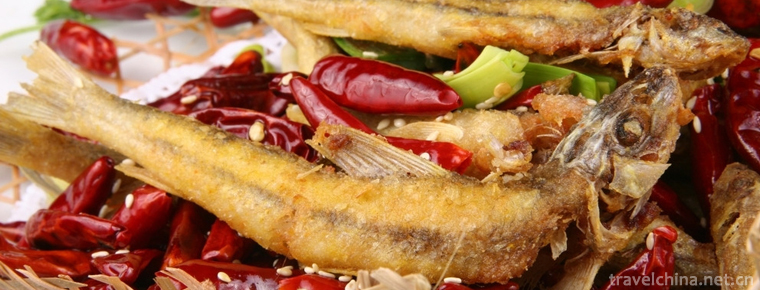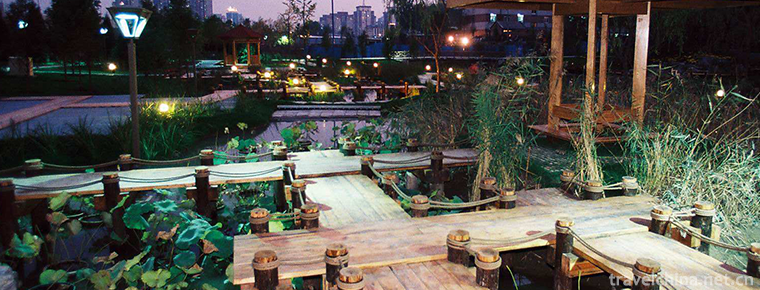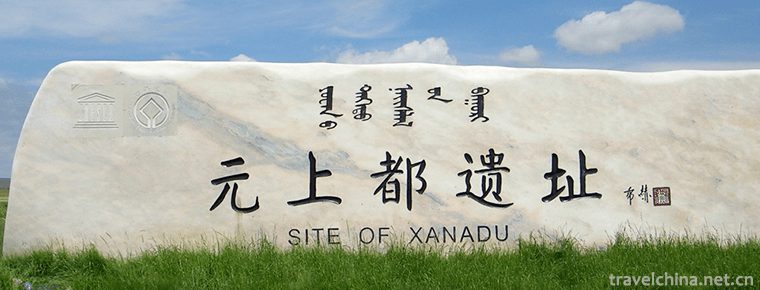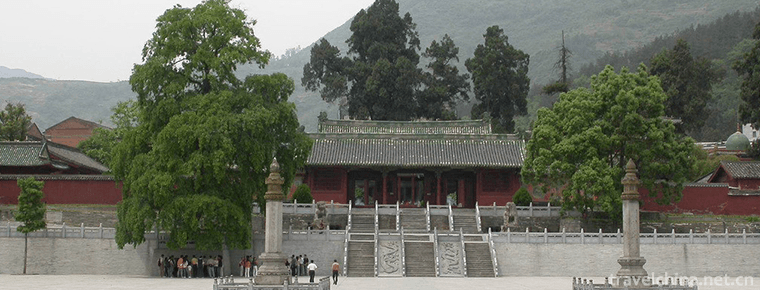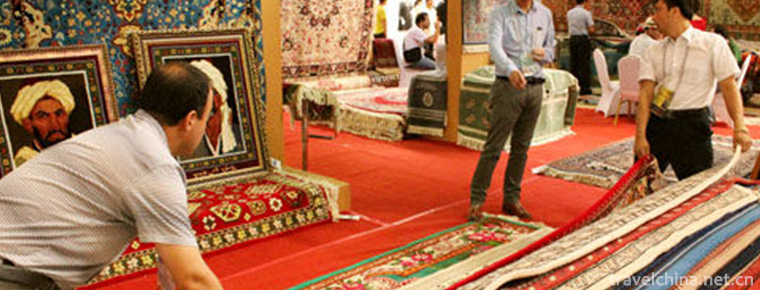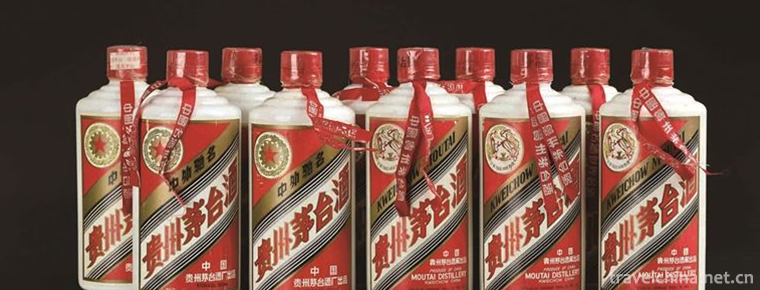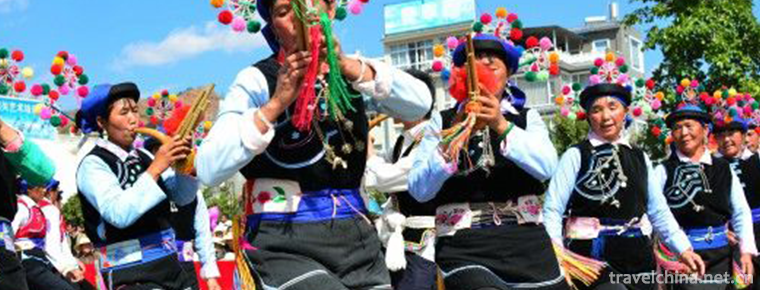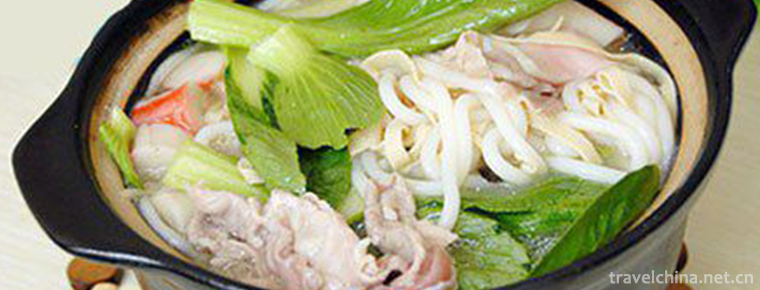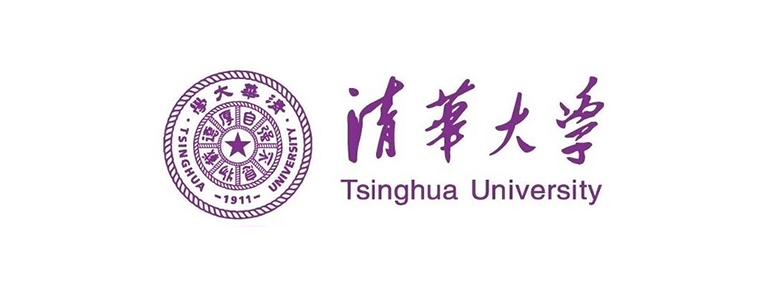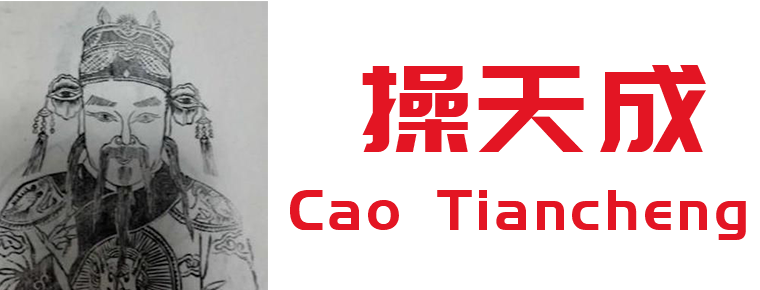Mosaic inlaid porcelain
Mosaic inlaid porcelain
Declaration area or unit: Puning City, Guangdong Province
Chinese mosaic art has a long history and unique style. In the Yin and Shang Dynasties, the decorative patterns of gold inlaid with jade appeared in bronze casting. With the continuous improvement of technological level, natural colored stones, pebbles, shells, molars, gems, jades and artificial glass, ceramics, wood and so on have become mosaic raw materials. In the long-term development process, mosaic art has accumulated many important technical means, including direct mosaic method, prefabrication method, anti-paste and reverse-paste method, positive-paste and positive-paste method, etc. Besides plane mosaic, it can also be mosaic on relief. This mosaic method can further enhance the stereo sense of mosaic objects. After Ming and Qing Dynasties, relief mosaics were widely used in decoration of various arts and crafts. In the middle and late Qing Dynasty, relief mosaics were also used to mosaic the stories of opera characters on different "dizi", such as inlaid porcelain and bone wood. Mosaic handicraft has the advantages of strong, sun-proof, moisture-proof and non-discoloration. The texture of materials and the resulting shape, color and light effect add artistic charm to the mosaic handicraft, showing the beauty of rough, thick, luxurious and gorgeous.
Embedded porcelain, also known as "Jurao", "Jianlao", "Jianlao", is a popular folk architectural decoration art in Chaoshan area of Guangdong Province. On the basis of painting and sculpture, it uses specially fired enamel chips to glue figures, flowers, birds, animals and other artistic forms to decorate the roofs and walls of temples and buildings. Chaoshan inlaid porcelain technology has a unique style, mostly using semi-relief or round carving style, vivid image, colorful, solid and stable texture, can withstand the sun and rain without fading. In Chaoshan area, porcelain workshops often cooperate closely with inlaying craftsmen to produce low-temperature porcelain of various colors. These chinaware are carefully cut by craftsmen to form the necessary chinaware for mosaic. Then the chinaware pieces are assembled into local components with adhesives. Finally, the components are combined to form various patterns or statues that represent folk customs, folk stories or auspicious and festive themes. Daliao inlaid porcelain and Puning inlaid porcelain are prominent representatives of Chaoshan inlaid porcelain. Daliao inlaid porcelain has a history of more than 100 years. It is mainly Chaoshan style and has the characteristics of southern Fujian. Puning inlaid porcelain has a long history, which can be traced back to Wanli period of Ming Dynasty.
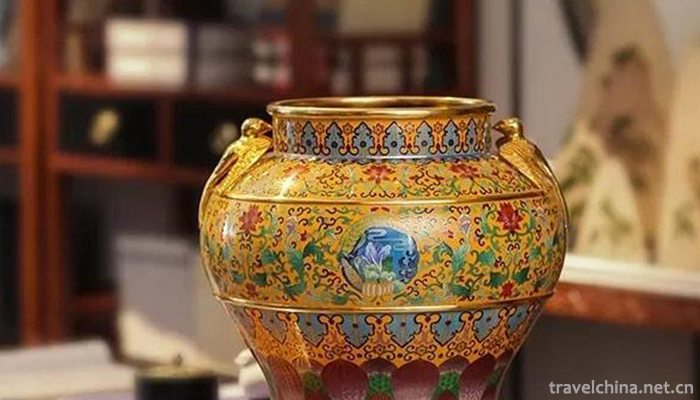
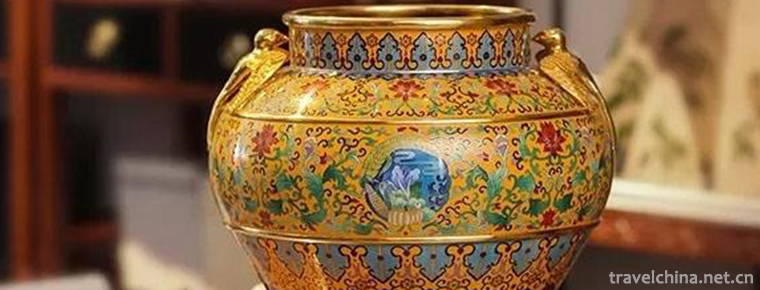
Mosaic inlaid porcelain
-
Dali arched fish
Dali aToxoplasmus dali, commonly known as fine-scaled fish
Views: 265 Time 2018-10-17 -
Yuan Dynasty Capital City Wall Site Park Yuandadou Chengyuan Site Park
The Yuandu Chengyuan Site Park was built on the Tucheng Site of Yuandu (National Key Cultural Relics Protection Unit, batch No. VI-1). It is located near Mingguang Village, Southern College Road
Views: 163 Time 2018-12-23 -
Site of Xanadu
Views: 214 Time 2018-12-23 -
Bao en Temple Pingwu
Pingwu Baoen Temple is located in Pingwu County, Sichuan Province. It is 184 kilometers away from Mianyang City and 300 kilometers away from Chengdu. Located in the northeast corner of the county town
Views: 197 Time 2019-02-07 -
Carpet Weaving Techniques
Uygur carpet is a handicraft with a long history and tradition. It integrates painting, sculpture, knitting, embroidery, printing and dyeing. Characteristic
Views: 129 Time 2019-04-26 -
Brewing Techniques of Maotai Liquor
Maotai liquor brewing technology, the local traditional handicraft technology of Maotai Town, Zunyi City, Guizhou Province, is one of the national intangible cultural heritage.
Views: 201 Time 2019-05-29 -
The Yi Nationality Plays Songs
The dance of the Yi nationality is colorful and varied. It is typical of the simple collective dance "Da Song" (also known as "Ta Song") with the entertainment of the masses. In Mi
Views: 134 Time 2019-07-12 -
Yunnan Mengzi Crossing Bridge Rice noodles guo qiao mi xian
"Crossing bridge rice noodles" is a unique food in southern Yunnan. It originated in Mengzi City, Hani and Yi Autonomous Prefecture of Honghe. It has a history of more than 100 years. It wa
Views: 235 Time 2019-07-16 -
Tsinghua University
The campus of Tsinghua University is situated in northwest Beijing on the site of the former imperial gardens of the Qing Dynasty, and surrounded by a number of historical sites.
Views: 207 Time 2019-08-31 -
Cao Tiancheng
Cao Tian Cheng, Sui Dynasty people. According to the history of Sui Dynasty in the twenty four histories, Cao Tian is also known as "Tiancheng". Ask for advice Bo Yang, Jiangxi. At the end o
Views: 218 Time 2019-09-14 -
Climate in Guangan
Guang'an City belongs to the humid monsoon climate zone of middle subtropical zone, with mild climate and suitable for agriculture in four seasons. In summer, it is affected by the Pacific subtropical high, the Qinghai Tibet high, the plateau fluctuation, and the southwest w
Views: 196 Time 2020-12-19 -
Plant resources in Guangan
The forest vegetation in Guang'an City belongs to the vegetation area of evergreen broad-leaved forest and coniferous broad-leaved mixed forest in the middle subtropics. Gymnosperms include Pinaceae, Cupressaceae, Ginkgo biloba and Metasequ
Views: 312 Time 2020-12-19
